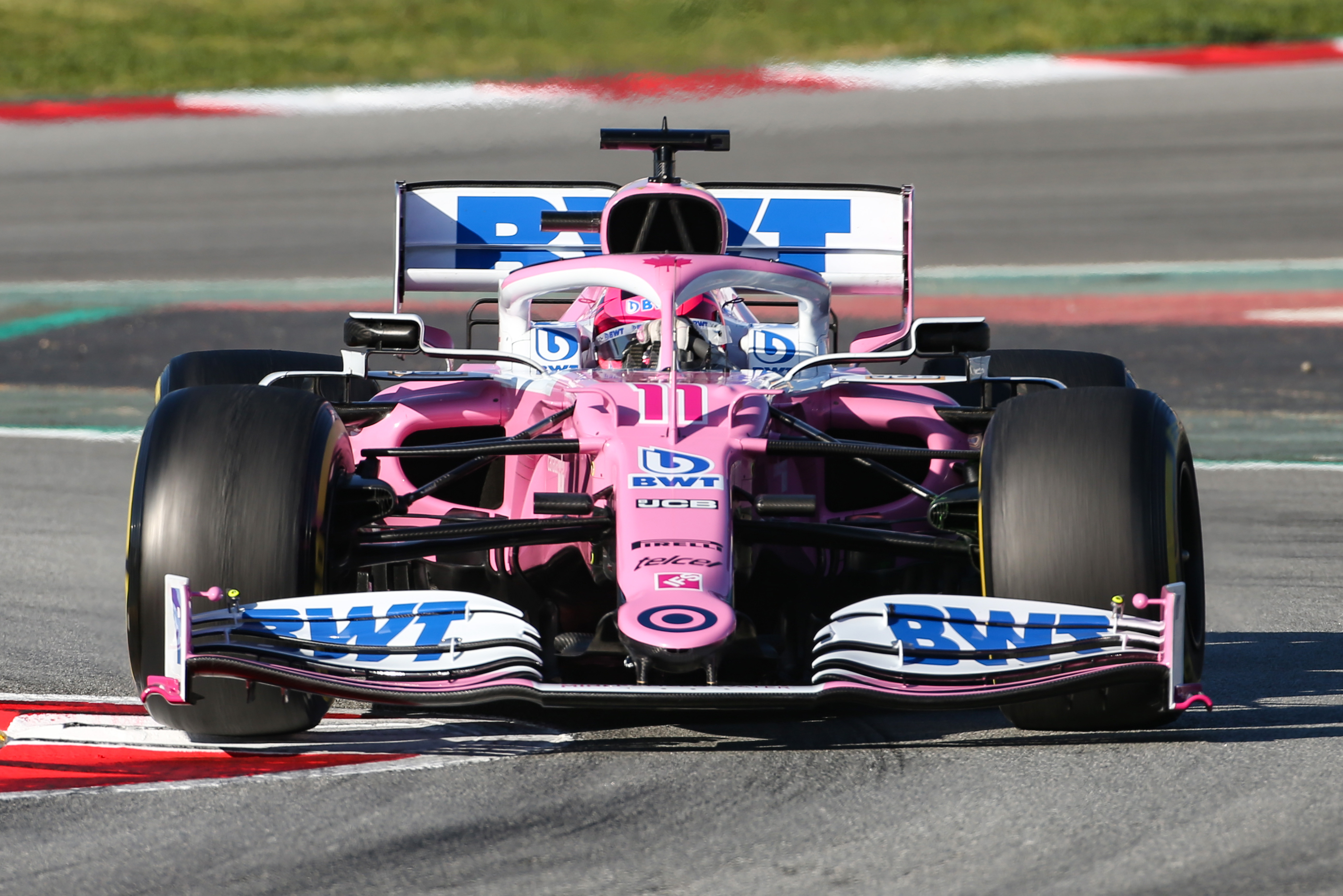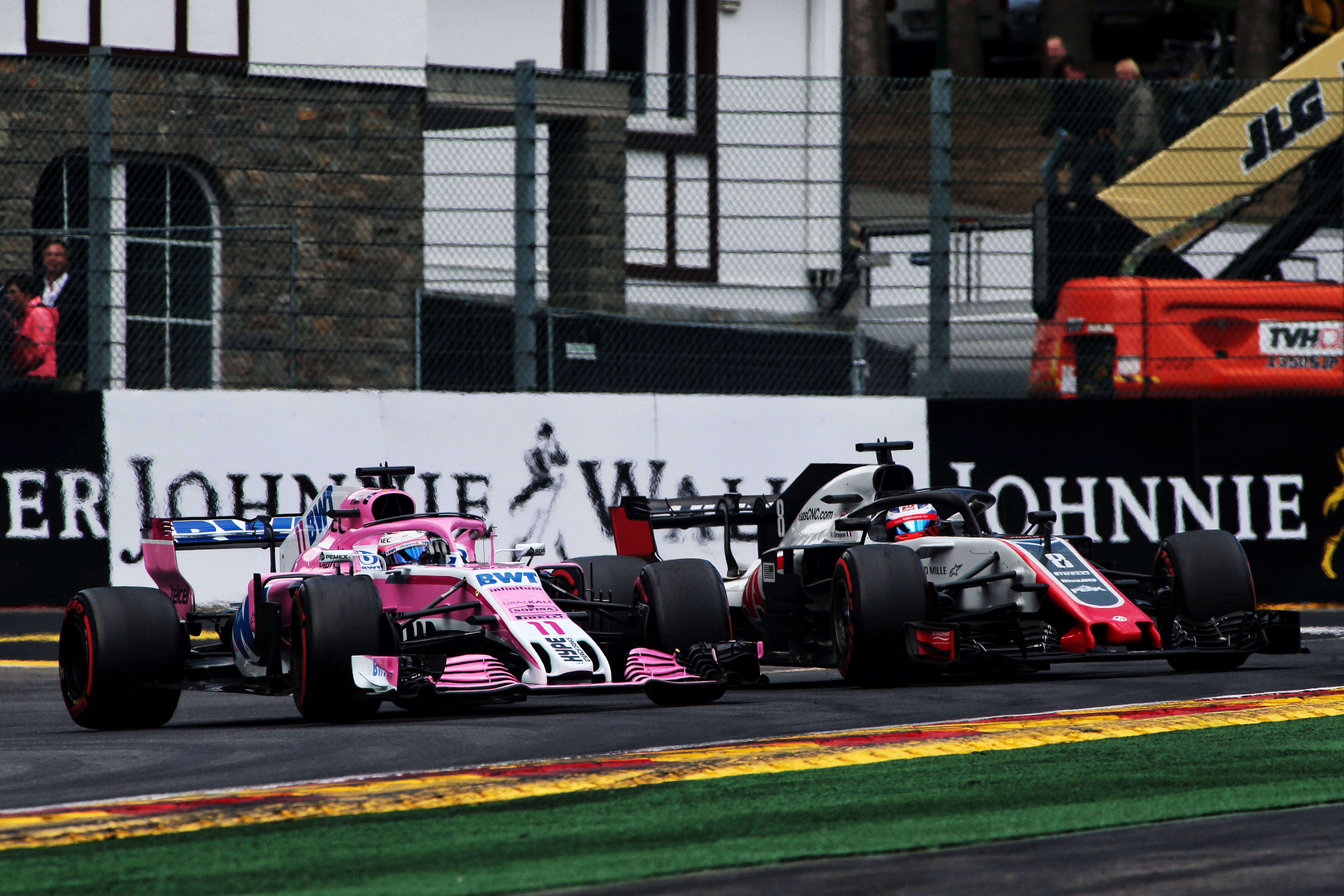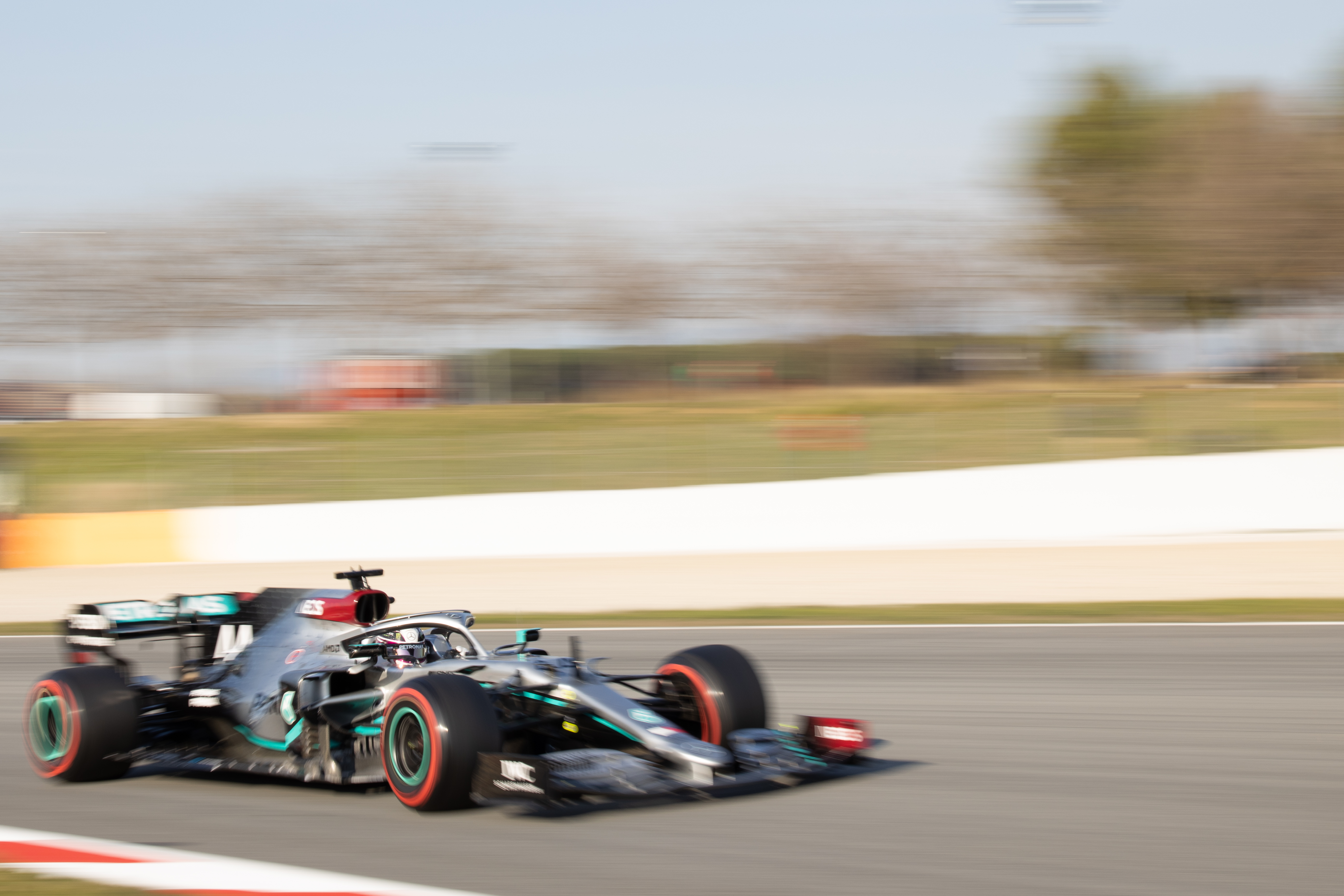Up Next

Formula 1 stewards are braced for potential protests heading into this weekend’s season-opening Australian Grand Prix, with possible question marks hanging over two cars.
Just as in 2009, when rival teams unsuccessfully protested the legality of the double diffuser designs of Brawn, Williams and Toyota ahead of the start of the weekend, there is the possibility of a Thursday protest in Melbourne.
It remains to be seen whether any teams will go ahead with a protest, and there’s every chance that any such attempts would be unsuccessful, but what exactly might be protested in Melbourne?
RACING POINT’S MERCEDES CLONE

Several of the Racing Point team’s midfield rivals have raised eyebrows over its 2020 design, which is very similar to the 2019 Mercedes.
This has led to suggestions one or more might choose to protest the design on the basis it means the team no longer qualifies as an F1 ‘constructor’ according to the regulations.
If a rival were to protest Racing Point, it would have to prove that there had been illegal exchange of information with Mercedes
Article 6.3 of the sporting regulations defines a constructor as “the person (including any corporate or unincorporated body) which designs the Listed Parts set out in appendix 6. The make of an engine or chassis is the name attributed to it by its constructor. The obligation to design and use Listed Parts shall not prevent a constructor from outsourcing the design and/or manufacture of any Listed Parts to a third party in accordance with the provisions of appendix 6.”
This means teams must design (or use an independent third-party to design) and own the intellectual property to the listed parts, which includes the survival cell, the front-impact structure, roll structures and bodywork, to qualify as a constructor.
Racing Point is adamant it has done this, given its Mercedes-style bodywork was designed based on using a vast number of photographs to create a ‘best-guess’ clone that it then worked to develop.
If a rival were to protest, it would have to prove that there had been illegal exchange of information. This is based on the rule that says a team is not allowed “to pass on or receive any information on Listed Parts (including but not limited to data, designs or drawings) directly to or from another competitor or via an external entity or third party”.

Haas unsuccessfully protested Racing Point at the 2018 Abu Dhabi Grand Prix, arguing it was not a constructor given the team was technically a new entity that started up using the assets of the Force India team. This was thrown out.
While Racing Point’s rivals have indicated that although they might not like the situation they have little choice but to accept it, a protest could be seen as a means to clarify the regulation and drive a wider debate on the topic of technical partnerships.
MERCEDES’ DAS

The Mercedes dual-axis steering allows the driver to push the steering wheel back and forward to adjust the toe of the front wheels.
This was trialled in testing at Barcelona, with the driver pulling back to eliminate the toe on the straights, then return it to its regular position by pushing the steering wheel forward ahead of braking for the corner.
There have been suggestions Mercedes’ concept could fall foul of the parc ferme rules
While it remains to be seen whether Mercedes will run the system in Melbourne, Valtteri Bottas said there was “no reason” not to. So it might therefore become the subject of a process should a rival team believe it to be illegal.
There have been suggestions that the concept could fall foul of the parc ferme rules laid out in article 34 of the sporting regulations, which kick in the first time the car leaves the pitlane in qualifying.
Teams must supply a suspension set-up sheet before the car leaves the pits for qualifying, after which the settings cannot be changed. This includes the toe setting of the front wheels.
There is also the question of article 10.2.3 of the F1 technical regulations, which states “no adjustment may be made to any suspension system while the car is in motion”.
However, the use of the steering wheel to impact the front wheel alignment is clearly well-established, and the FIA’s opinion appears to be that the DAS does not go beyond this.
The fact the 2021 regulations includes a section specifically designed to outlaw DAS further supports the belief that the current rules do not make it illegal.
Although the FIA has given its opinion to Mercedes that the DAS is legal, this is not binding. Therefore it can still be protested, with the FIA stewards then tasked with ruling officially on its legality – although the way the regulations are interpreted it seems any such protest is unlikely to be successful given the system does appear to comply with the rules.
Whether any teams will actually launch a protest remains to be seen, but it could make for a long night ahead of the weekend for the stewards and teams involved.




